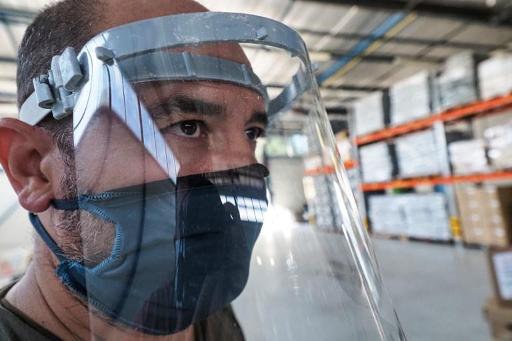People who wear face shields and masks with exhalation valves are ineffective in stopping the coronavirus spread on their own, as they spray a wide area with droplets after sneezing or coughing, a laser visualisation experiment shows.
In a study published by the American journal Physics of Fluids on Tuesday, researchers from Florida Atlantic University simulated sneezing and coughing, and observed how the fluids spread by filming how droplets passed through horizontal or vertical green laser beams near a dummy.
Initially, the face shield blocks the forward projection of the droplets, but a significant amount managed to escape from under the visor and "over a large area" in front and to the sides of the person, the researchers wrote.
Related News
- Face masks will become as instinctive as seatbelts, research predicts
- Social distancing rules 'based on outdated science', study suggests
- Mandatory face masks for primary school children 'not a good idea'
As for masks with an exhalation valve, "a large number of unfiltered droplets pass through the valve," the researchers report, which is not surprising since this type of mask filters the air you breathe in, not the air you breathe out.
The study concludes that despite the comfort of these two items, it is better to wear a surgical mask, or at least one without a valve, as is recommended by health authorities in the United States and elsewhere.
The Brussels Times

